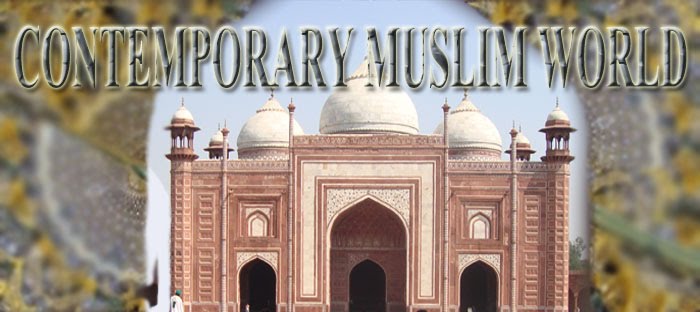The term, university is said to have been derived from the old French word, ‘universite’ or from Latin ‘universitas’. Both, the French and the Latin words mean ‘the whole’ which is more or less a translation of the Arabic word, Jam-e- or Jamia used for a high level institution of education, learning and research. The Arabic Jam-e-, interestingly also means ‘inclusive’. That Jam-e- or Jamia is the place where all disciplines and subjects as well as views and ideas are taught. The term, university also contains the same meaning. In a sense it can be taken as a compound word consisting of ‘universe’ and ‘city’ and thus it may mean a place which includes the entire universe in itself. Understood either way, a university stands for a place of higher learning and academic research. It is a place where broad-minded qualified teachers, described as heirs to the prophets in Islamic tradition, impart quality education to equally eager and enthusiastic students. A university, by its definition and nature, has to be open, inclusive and accommodative, tolerant of diverse views, a house of varied cultures, colours, ethnicities and nationalities, all bound together by the common desire for knowledge. Here the teacher and the taught are to be highly motivated to excel both in acquisition and promotion of knowledge.
The founding fathers of India had a grand vision about the universities of free India. They were highly conscious of the great role that universities and centres of higher education were to play in ensuring all round development of the country. Guided by urgency in some areas, they also set up specialized institutes and councils. It makes a sad commentary, however, that over the years they became India’s most pampered institutions overshadowing the universities. It was the victory of the small over the big, and understandably the consequences have been disastrous. There has been no financial - academic auditing of the pampered institutes and councils but there is a growing impression that many of them have largely been India’s feeder institutions for foreign universities, a reality normally described as brain drain.
How to redeem the situation is a million dollar question. We have very few critical and creative thinkers who carry influence with the policy-makers. The political class has just begun to realize the gravity of the matter but some of its initial steps such as conferring ‘deemed university’ status on private institutions have backfired. It sounds good that there should be co-operation between the government and the private sector to overcome the deficit in higher education. But, as the saying goes, everything that shines is not necessarily a gold coin.
The matter needs further clarification. Some private universities have no doubt excelled in USA and elsewhere. But the economic situation and higher education realities, as they obtain in India, are very different. There is no gap between the standards of the feeder schools and universities in advanced countries whereas in India it is a big problem. As a result the universities do not get the high quality stuff which is so essential for achieving excellence. Another big problem is that private money is available for market-oriented courses only, for the wealthy parents want their wards to get an education that gives them financial rewards quickly.
In India, therefore, the government intervention in higher education is essential. For, a country of grave economic inequalities that India happens to be, cannot afford to increase the cost of higher education by making it private. The private sector must be welcome to open universities of excellence which we all need and desire for. But what we saw recently was that many private universities were eager to make money than redeem or promote higher education in the country. This trend is rightly being checked and curbed by the government now.
The private sector interested in higher education must be first impressed upon that there is a sea difference between a university and an education shop. They must also be told clearly that education must remain education and should not be converted into a profit-making industry. The government is duty bound to regulate higher education with a view to ensuring equality in opportunities of higher education. The government also must ensure that both state and private universities follow the rules which the UGC and HRD Ministry lay down from time to time.
Another big problem afflicting higher education in the country is its administration. We often see that college/university administrations are at loggerheads with their teaching or non-teaching employees. The problem is that many university administrations attempt to curb internal democracy and impose things which are whimsical, even illegal. Such tendencies, as can be imagined, are not good for India’s higher education sector. Such a situation would only discourage merit and promote sycophancy and mediocrity. The condition worsens more when the UGC breaks its own rule and thus encourages absolutism in colleges and universities.
Internal democracy is the panacea which every university therefore must promote if it has to excel in higher education. Democracy’s role is to promote interaction and healthy debate among various sections of a university fraternity. Democratic discussions, when conducted with sincerity, never lead to impasse: instead they open windows of opportunities, promote understanding and co-operation and, above all, ensure the supremacy of the rule of law.
Absolutism and breaking rules can never take a university to greatness.
[January, 2010]

No comments:
Post a Comment